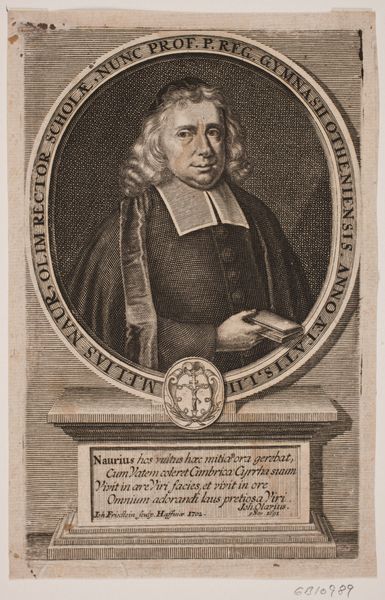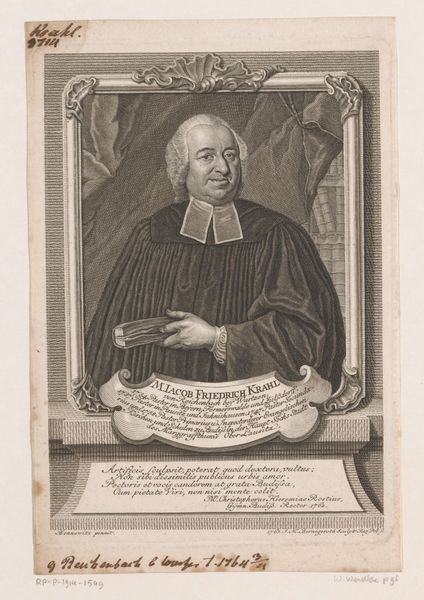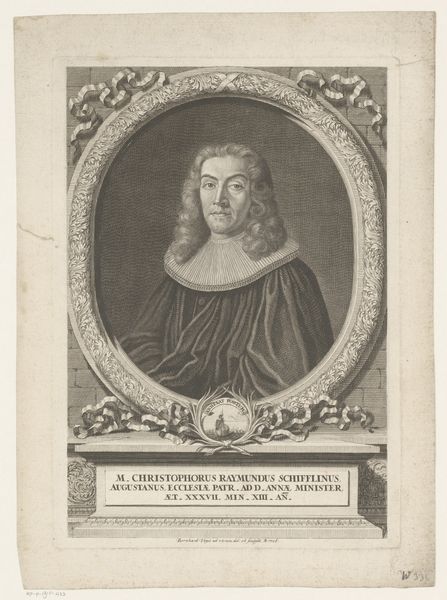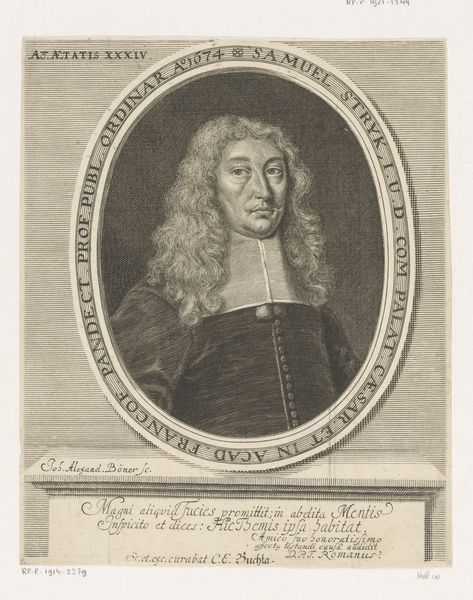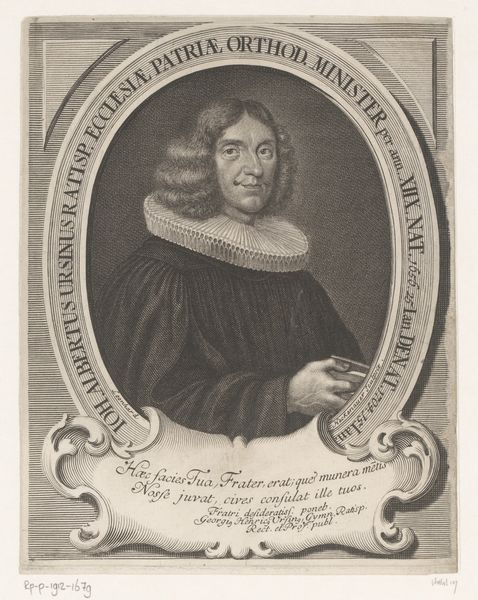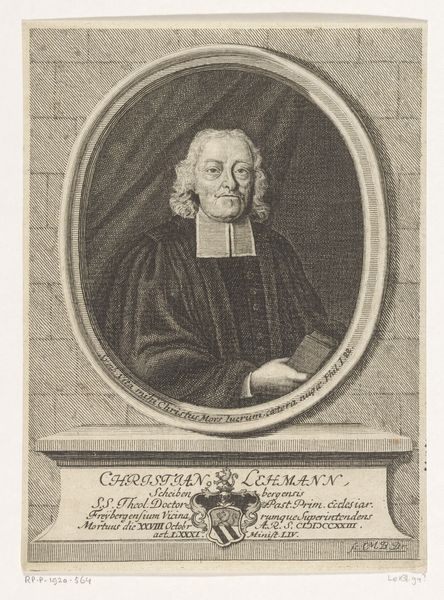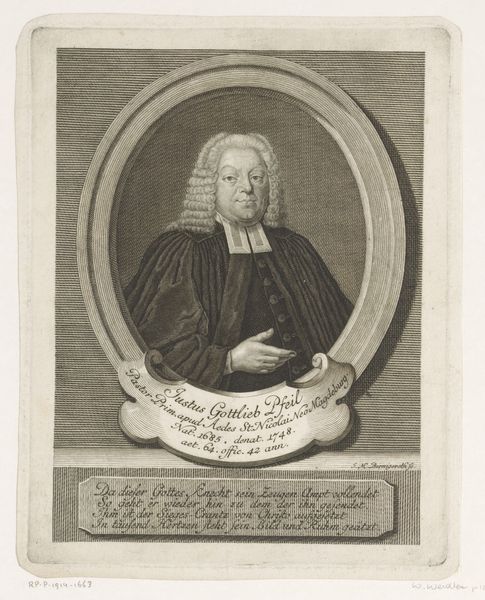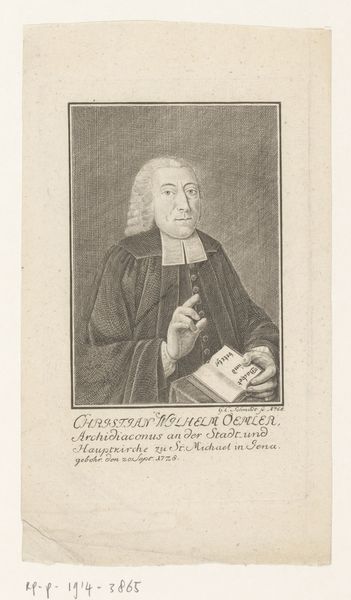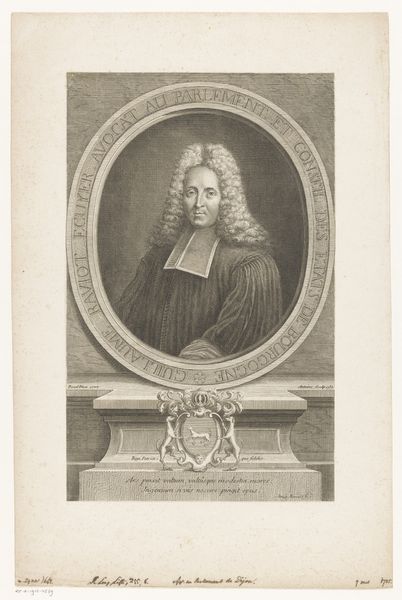
print, engraving
#
portrait
#
baroque
# print
#
history-painting
#
engraving
Dimensions: height 162 mm, width 101 mm
Copyright: Rijks Museum: Open Domain
Editor: So, this is the "Portret van Franz Albert Aepinus," a print from 1756. It's attributed to Christian Fritzsch, and it's in the Rijksmuseum collection. Looking at this engraving, I'm curious about how these portraits were produced, like who made them and why? What do you see in this work from a materialist perspective? Curator: It’s an engraving, so let’s think about the labor and the materials involved. We have to consider the engraver, their training, their social standing. Was Fritzsch part of a workshop? Who commissioned this work and what was the intention for its consumption? Editor: That's interesting. It never occurred to me that prints could offer insight on economic structure of the time, the engraver and workshops dynamics are really thought-provoking! But isn't the "high art" reputation normally reserved for paintings rather than prints? Curator: Precisely. But here, let’s challenge that traditional boundary. An engraving such as this reflects a democratization of portraiture. Consider the cost of commissioning a painting versus acquiring a print. The act of replicating an image made portraiture more accessible, which signals shifts in class structure and artistic consumption. The very materiality of the print—the paper, the ink, the lines etched into the plate—speak volumes about production and consumption of art at the time. Editor: So, by looking closely at the "how" of the print, we can see wider patterns of who had power, who didn’t, and how knowledge spread. Curator: Precisely. By examining materials and production, the boundary between 'high' art and everyday production gets wonderfully blurred, providing insight into 18th-century society. Editor: I learned that even portraits of the past have a story to tell, not just of the person depicted but also about artistic distribution and labour that often goes unnoticed.
Comments
No comments
Be the first to comment and join the conversation on the ultimate creative platform.
